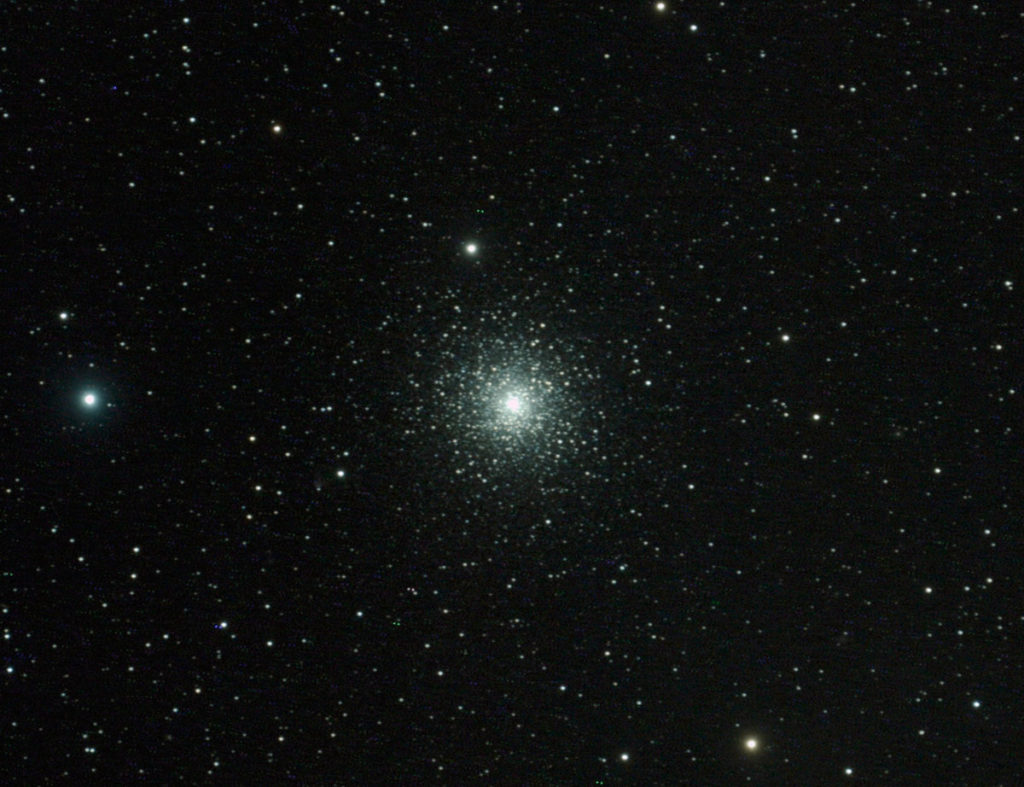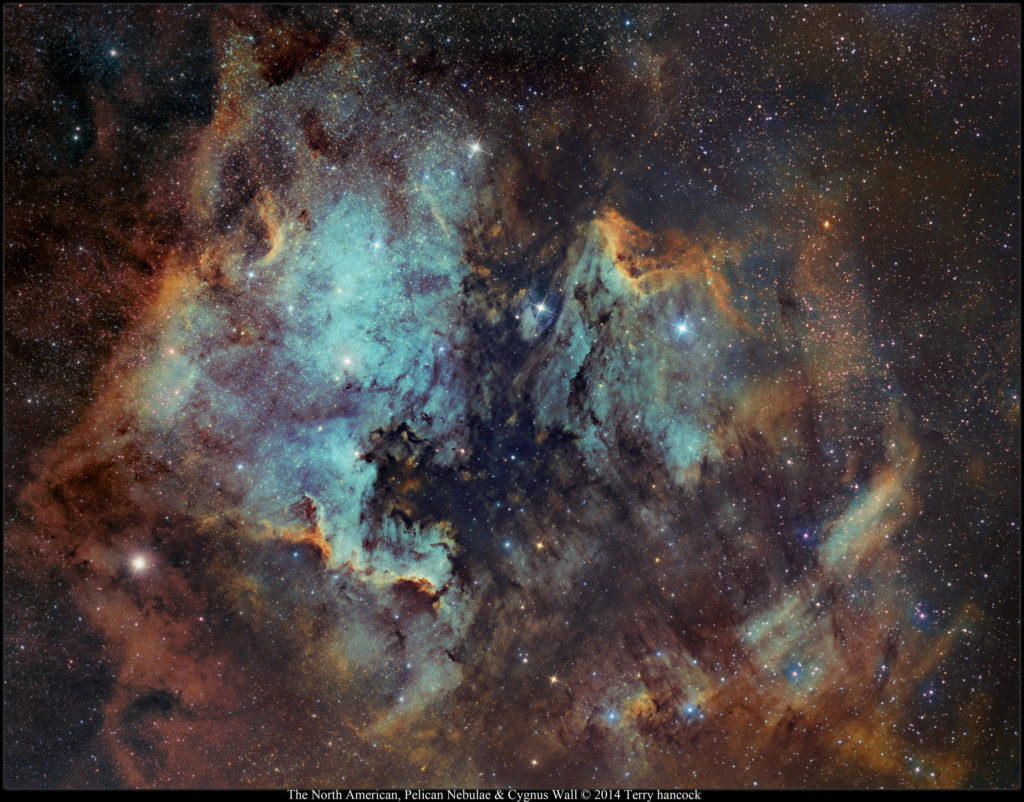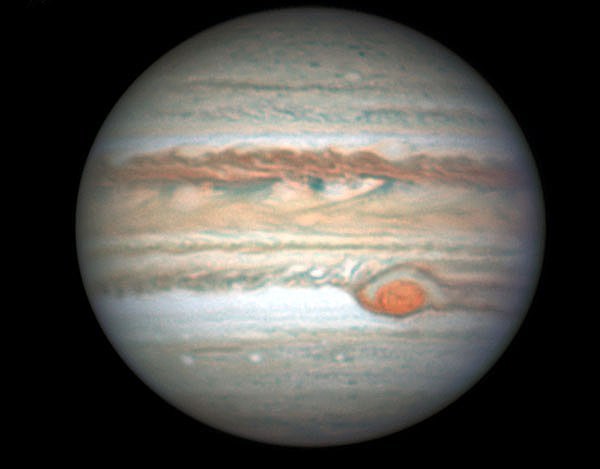
Sometime in 1955, Mr. David Coffeen of New Orleans, Louisiana came up with $75. In today’s currency, that’s about $700, a respectable sum. And what did Mr. Coffeen do with his hard-earned savings?
He purchased a telescope.
Which telescope? A Unitron altazimuth refractor with an aperture of just 40mm, less than that of most finder scopes today. It came with three eyepieces, a star diagonal, and a wooden storage case, because it was an honest astronomical instrument.
Mr. Coffeen used his telescope from atop his modest trailer home. There was a lot to see with that 40mm scope: loads of lunar detail, the rings of Saturn, the Galilean moons of Jupiter and a couple of belts, hundreds of double stars, many of the Messier objects, and a lot more [Read more…] about An Ode to Small Telescopes
Share This:


